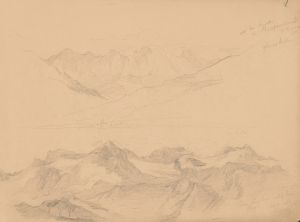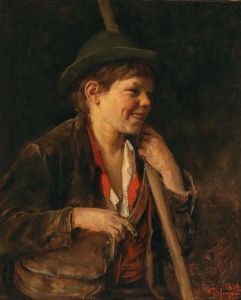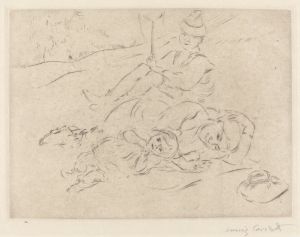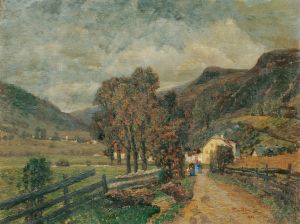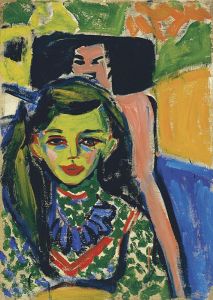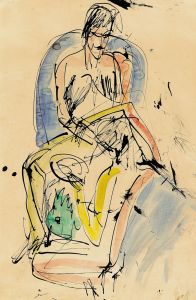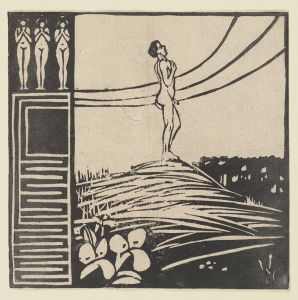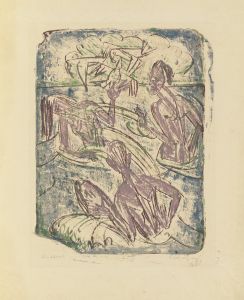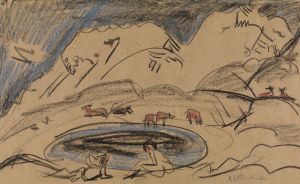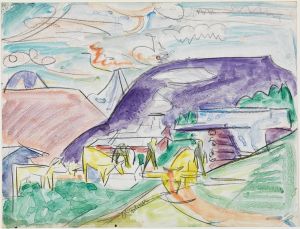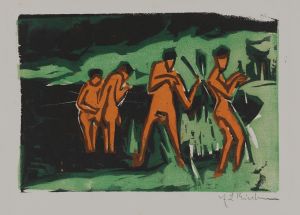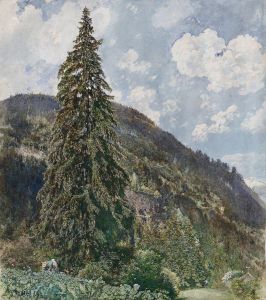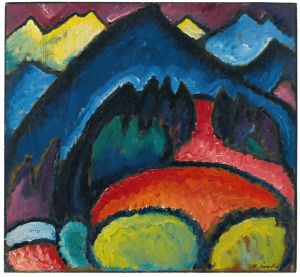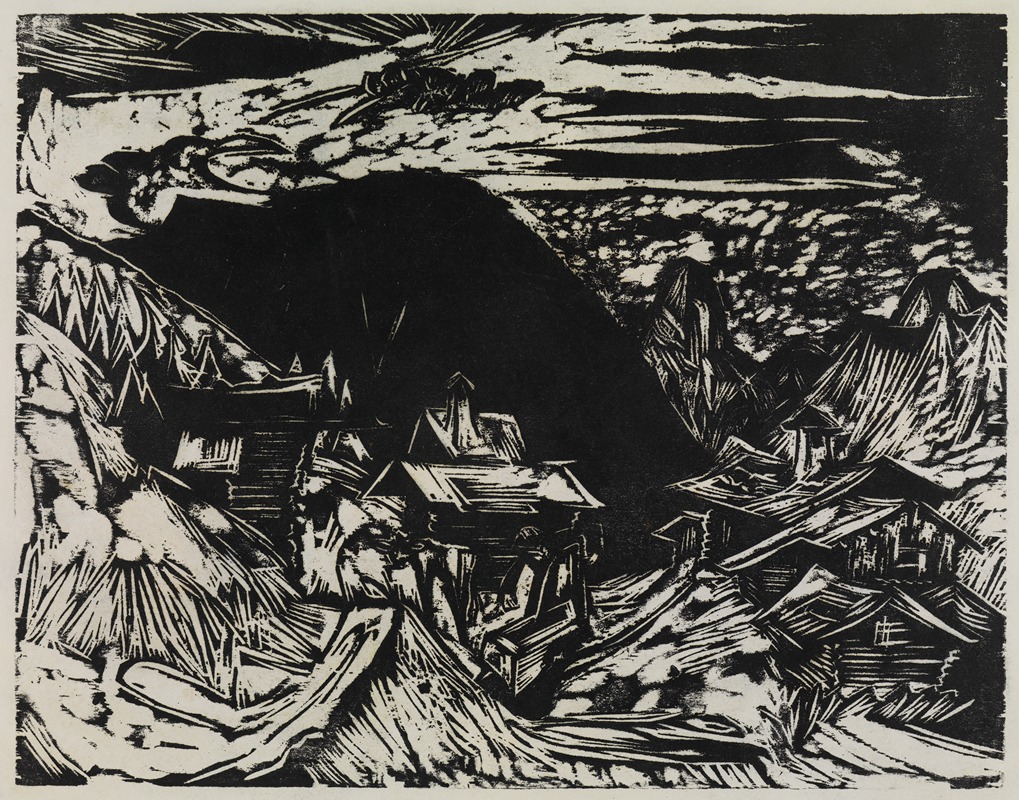
Stafelalp mit Altein und Tinzenhorn
A hand-painted replica of Ernst Ludwig Kirchner’s masterpiece Stafelalp mit Altein und Tinzenhorn, meticulously crafted by professional artists to capture the true essence of the original. Each piece is created with museum-quality canvas and rare mineral pigments, carefully painted by experienced artists with delicate brushstrokes and rich, layered colors to perfectly recreate the texture of the original artwork. Unlike machine-printed reproductions, this hand-painted version brings the painting to life, infused with the artist’s emotions and skill in every stroke. Whether for personal collection or home decoration, it instantly elevates the artistic atmosphere of any space.
Ernst Ludwig Kirchner, a prominent German expressionist painter and one of the founding members of the influential art group Die Brücke, created the painting "Stafelalp mit Altein und Tinzenhorn" during a significant period of his artistic career. Kirchner's work is renowned for its vibrant colors, dynamic compositions, and emotional intensity, which are hallmarks of the Expressionist movement that sought to convey subjective emotions and responses to the world.
"Stafelalp mit Altein und Tinzenhorn" is a landscape painting that captures the mountainous scenery of the Swiss Alps, specifically the region around Davos, where Kirchner spent a considerable part of his life. The painting depicts the Stafelalp area with the Altein and Tinzenhorn peaks in the background. This region was a source of inspiration for Kirchner, who moved to Switzerland in 1917 seeking solace and recovery from the psychological and physical scars of World War I.
Kirchner's relocation to the Swiss Alps marked a transformative phase in his work. The serene and majestic landscapes provided a stark contrast to the urban scenes of Berlin that he had previously depicted. In "Stafelalp mit Altein und Tinzenhorn," Kirchner employs bold brushstrokes and a vivid color palette to convey the natural beauty and emotional resonance of the alpine environment. The painting reflects his deep connection to the landscape, which became a recurring theme in his later works.
The composition of "Stafelalp mit Altein und Tinzenhorn" is characterized by its dynamic lines and vibrant colors, which are used to evoke the energy and vitality of the natural world. Kirchner's use of color is particularly noteworthy; he often employed non-naturalistic hues to express the emotional impact of the landscape rather than its literal appearance. This approach is evident in the painting, where the mountains and sky are rendered in striking, expressive tones that capture the viewer's attention.
Kirchner's time in the Alps was not only a period of artistic productivity but also one of personal healing. The isolation and tranquility of the mountains provided a refuge from the turmoil of his earlier life, allowing him to explore new artistic directions and techniques. His alpine paintings, including "Stafelalp mit Altein und Tinzenhorn," are celebrated for their innovative use of color and form, which helped to redefine landscape painting in the 20th century.
The painting is part of Kirchner's broader body of work that explores the interplay between human emotion and the natural world. It exemplifies his ability to transform the landscape into a powerful vehicle for personal expression, a hallmark of his contribution to the Expressionist movement. Today, Kirchner's works, including "Stafelalp mit Altein und Tinzenhorn," are held in high regard and are featured in major art collections and museums worldwide, where they continue to inspire and captivate audiences with their emotional depth and artistic innovation.





